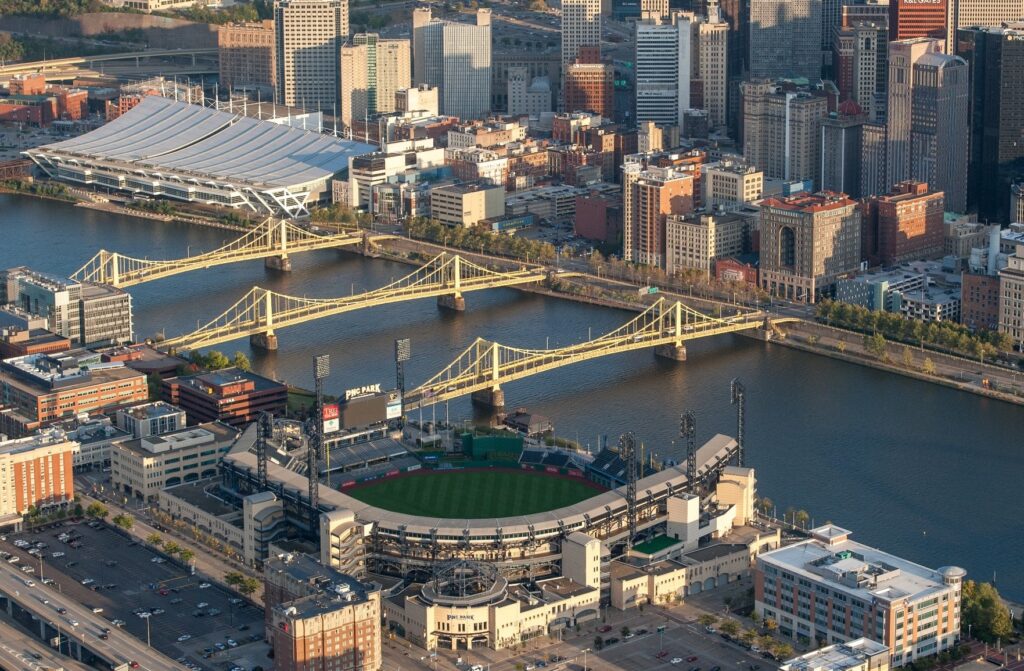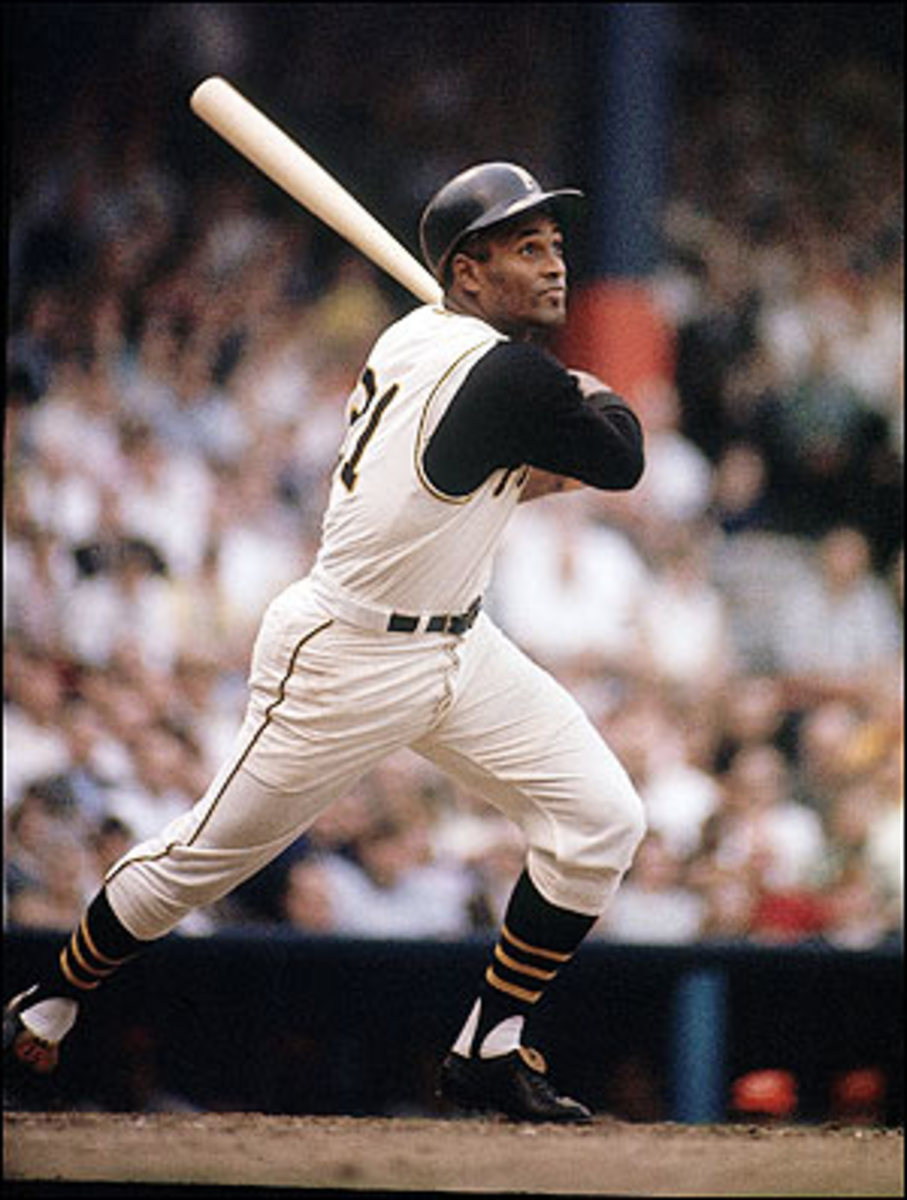PNC Park on the banks of the Allegheny River provides an intimate experience for baseball fans. Home to the MLB’s fourth oldest franchise Pittsburgh Pirates, it ranks among the most exciting urban sports venues. This retro-classic ballpark is the seventh smallest in the MLB and second-smallest in the National League. An interesting mix of progressiveness of Pittsburgh and the classical style of ballparks, PNC Park is adored for its seamless design and a great view of the Downtown. The design elements of New York’s Citi Field have a shadow of PNC Park.
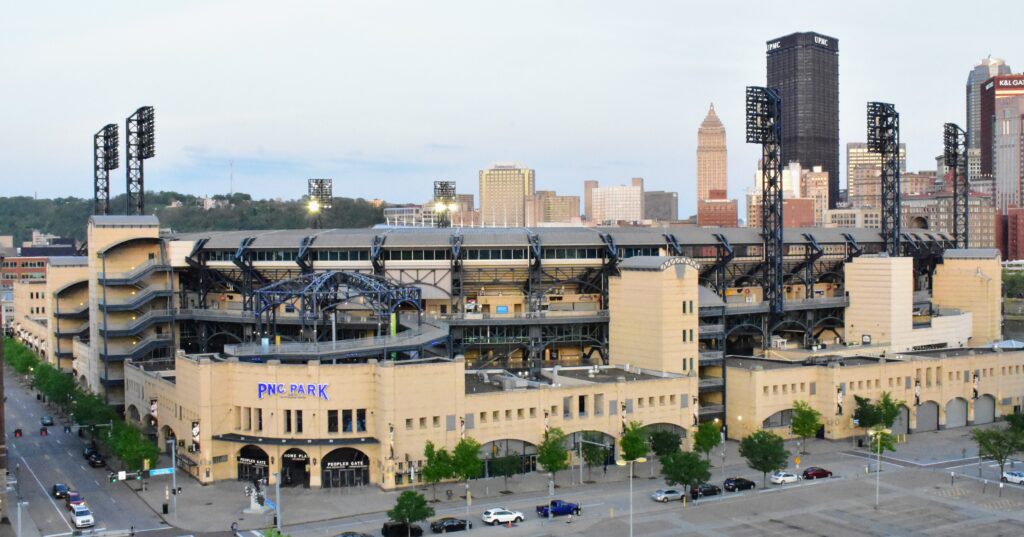
The History
PNC Park opened in 2001 as the fourth ballpark after Three Rivers Stadium, Forbes Field, and Exposition Park to host the Pittsburgh Pirates since 1891. The plan for this limestone ballpark began as early as 1991 with city mayor Sophie Masloff declaring her support to build a 44,000-seat baseball stadium. The Pirates were not happy with the Three Rivers Stadium, which lacked convenient access, architecture, and aesthetics. In 1996, the team ownership changed and Pittsburgh formed a 29-member Forbes Field II Task Force to construct a new home for the Pirates. It selected the “North Side site” and public funding of $228 million was announced in 1998. The Pirates agreed to provide $40 million and committed to stay in Pittsburgh until 2031.
The construction began on April 7, 1999, and it took $216 million to build the ballpark over 24 months. Fans demanded to name the new baseball stadium after Pirates former star Roberto Clemente. However, PNC Financial Services paid $30 million in 1998 for 20-year naming rights. After the expiry of the deal, it agreed to pay $2 million a year until 2031.
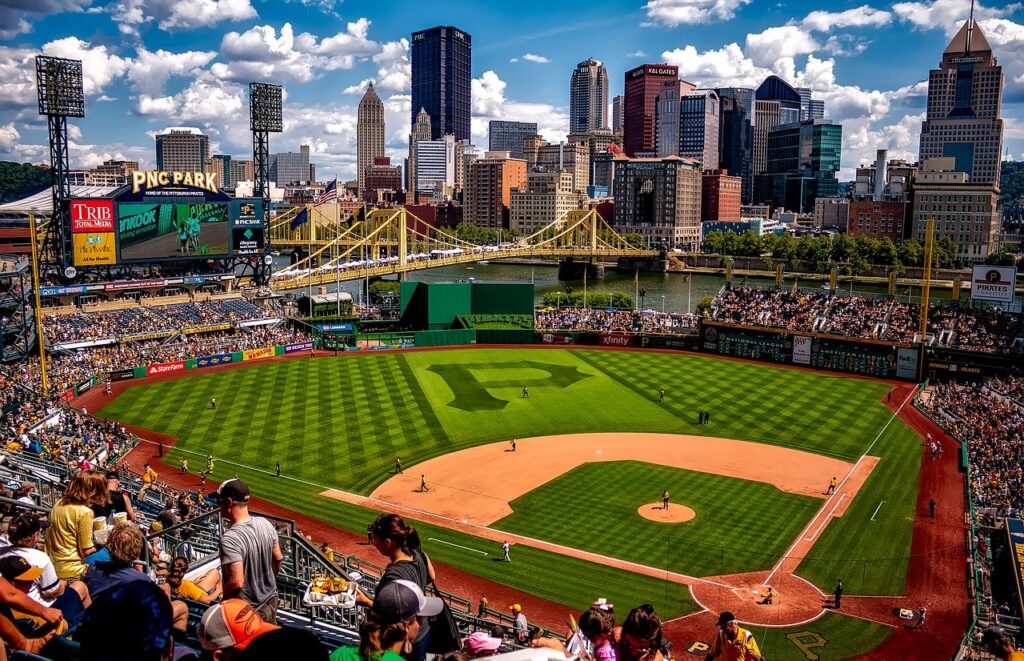
Design and Features
PNC Park’s design is a showcase of a retro-classic baseball stadium. It was largely inspired by Forbes Field, the Pirates’ former home from 1909 to 1970. The ballpark was the third retro-classic example to be inaugurated in the early 2000s after Detroit’s Comerica Park and San Francisco’s Oracle Park. It was the second US ballpark after Oracle Park to have two decks.
PNC Park was the first to incorporate several unique features. These include a riverside concourse, extensive use of Kasota limestone in the façade, steel truss work, clear angles, and the predominance of Pittsburgh-based restaurants. The designers paid special attention to allowing visitors into the ballpark to have a thrilling view of the Downton skyline. The Carnegie Science Center and Rivers Casino offer strollers a delightful view of the downtown area and Pittsburgh’s three rivers. Since the construction of PNC Park, lots of restaurants, pubs, and hotels have arisen around it, making PNC Park and the surrounding area an entertainment center par excellence. Even getting to the park is fun. It is easily accessible by foot, car, or boat.

Archways and light standards at PNC Park draw inspirations from Fenway Park and Wrigley Field. It has a 1,008-square feet Sony Jumbotron inside. The stadium is the first in the MLB to install outdoor LED video screens and an “out-of-town scoreboard.” The Pirates’ Hall has many statues of its former greats scattered across the ballpark. Some of these were moved from Forbes Field and Three Rivers Stadium to PNC Park.
Fan-favorite Roberto Clemente was the only MLB player to find a place in the Hall of Fame posthumously. Before his untimely death in a plane crash in 1972, Clemente had 17 stellar seasons with the Pirates. He won 15 All-Star caps, 2 world titles, 2 MVP awards, 12 Gold Gloves, and 4 NL champion batter awards. PNC Park has several insignias paying tribute to Clemente. The Sixth Street Bridge is named after him too.
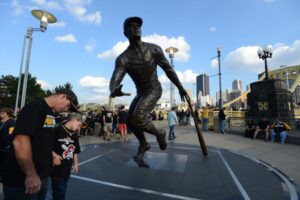
Concessions
In 2008, the ballpark inaugurated The Hall of Fame Club restaurant, which has a bar and al-fresco seating. It also hosts post-game performances. Another bar – 5,000-sq-feet Budweiser Bow Tie – came into existence in 2012. The 2015 season saw several renovations to enhance the fans’ baseball experience. This included “The Porch” patio with outdoor sofas, Pirates Outfitters store, and a bar and two full-service Terrace and Corner bars.
Tastes of Pittsburgh is the place to enjoy traditional ballpark foods. It also has an excellent Japanese food section. Primanti Brothers sandwiches served inside have become a symbol of PNC Park. There is also a plethora of local eateries adored for their hometown specialties.
In 2006, PNC Park added an exhibition to its left-field entrance dedicated to Homestead Grays and Pittsburgh Crawfords. These two Pittsburgh-based teams played in the short-lived Negro League. The exhibition included a video presentation about the Negro League and statues of seven players from these two teams.

The Accolades
- In 2001, ESPN listed PNC Park as the best MLB ballpark for baseball fans.
- The book “A Guide to Visiting and Enjoying All 30 Major League Ballparks” ranks the baseball stadium as one of the “top 10 ballparks.”
- Another book “Big League Ballparks” sees it as having everything a fan wants to see at a baseball stadium.
- ABC News gave it a place in top seven US ballparks in 2010.
- The Washington Post considered it the second-best MLB stadium in 2017.
Purely Baseball Things To Know
- PNC Park is the fourth home since the MLB franchise changed its name to the Pittsburgh Pirates and sixth overall ever since the team came into existence.
- The seating capacity of 38,747 is the seventh smallest in the MLB and the second smallest in the NL.
- In the 2001 season, the Pirates conceded the second-most NL runs and was the second-last in the number of runs scored.
- It hosted the 2006 MLB All-Star Game.
- The Pirates lost the opening inaugural game to the New York Mets on March 31 and then the first MLB game to the Cincinnati Reds on April 9, 2001.
- The first MLB game saw the Reds’ Sean Casey making two home runs in the first inning.
- The attendance at PNC Park reduced 27% in the second season due to the below-par performance of the home team.
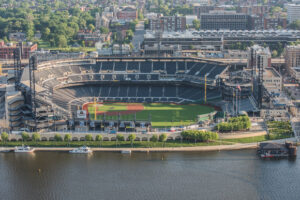
- Daryle Ward was the first to hit the ball into the Allegheny River on July 6, 2002.
- On July 10, 2006, two hits from Ryan Howard of the Phillies and David Ortiz of the Red Sox during the Home Run Derby landed in the Allegheny River.
- Garrett Jones was the first home-team player to hit the river on June 2, 2013. Pedro Alvarez repeated it in 2015. Josh Bell sent the ball into the river twice in May 2019.
- Reds’ pitcher Homer Bailey achieved the first no-hitter in PNC Park on September 28, 2012.
- The Pirates won the first post-season playoffs at home in 21 years on October 1, 2013.
- Sammy Sosa has the record of the longest hit at 484 feet at PNC Park. It dates back to April 12, 2002.
- On July 1, 2019, Pirates’ Josh Bell hit three home runs in a single game. Andrew McCutchen repeated it against the Washington Nationals a month later.
- Jack Wilson hit an inside-the-ballpark home run on July 2, 2004.
- John Jaso scored the first cycle at the baseball stadium on September 28, 2016.
